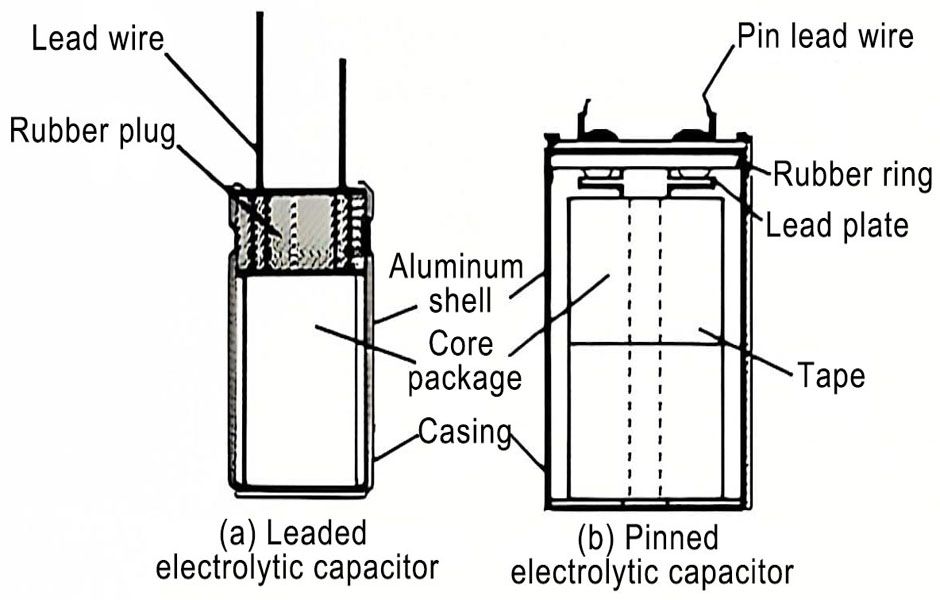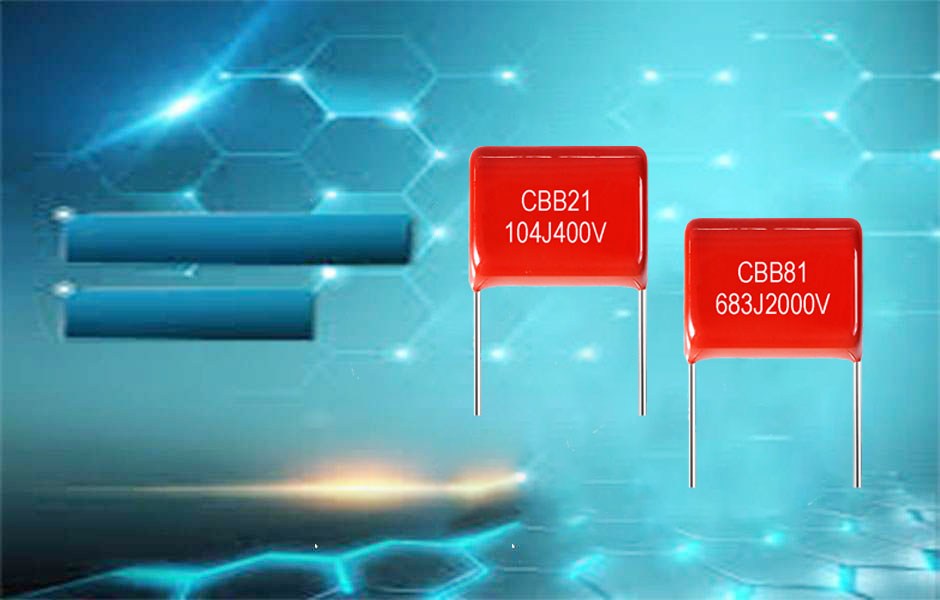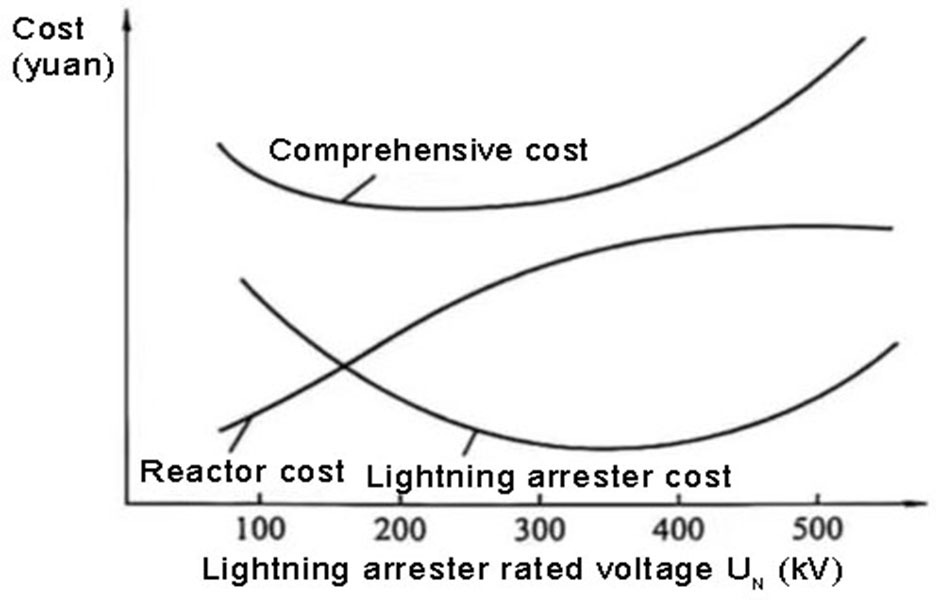Series capacitor are also a kind of reactive power compensation equipment usually connected in series in ultra-high voltage lines of 330kV and above. Its main function is to improve the system voltage from the perspective of compensation (reduction) of reactance, so as to reduce power loss and improve system stability.
Series capacitors are widely used in power transmission and distribution systems, especially in long-distance, large-capacity power transmission systems, to increase transmission capacity, improve system stability, improve system voltage regulation, and at the same time increase system power factor and reduce Line loss.
Series capacitor bank
Transmission lines can be used more efficiently. Power generation, transmission, distribution, long-distance transmission and large power plants all require the transmission system to operate more reliably and economically. The requirement to increase the transmission capacity means increasing the transmission line or compensating the line. Series compensation is an economical and effective way to increase the transmission capacity of the line.
Series capacitors are widely used in power transmission and distribution systems, especially in long-distance, large-capacity power transmission systems, to increase transmission capacity, improve system stability, improve system voltage regulation, and at the same time increase system power factor and reduce Line loss.
The role of series capacitors
The reciprocal of the equivalent capacitance of the series capacitor is equal to the sum of the reciprocal of the capacitance of each capacitor: 1/Ctotal=1/C1+1/C2+…+1/Cn. Parallel connection of capacitors can increase the capacitance and reduce the series connection. For example, if you don’t have a large capacitor on hand, if you only have a small one, you can use it in combination. On the contrary, if you don’t have a small one, you can use a large capacitor in series. Series capacitors are also a kind of reactive power compensation equipment. They are usually connected in series in ultra-high voltage lines of 330kV and above. Their main function is to improve the system voltage from the perspective of compensating (reducing) reactance to reduce power loss and improve system stability.




